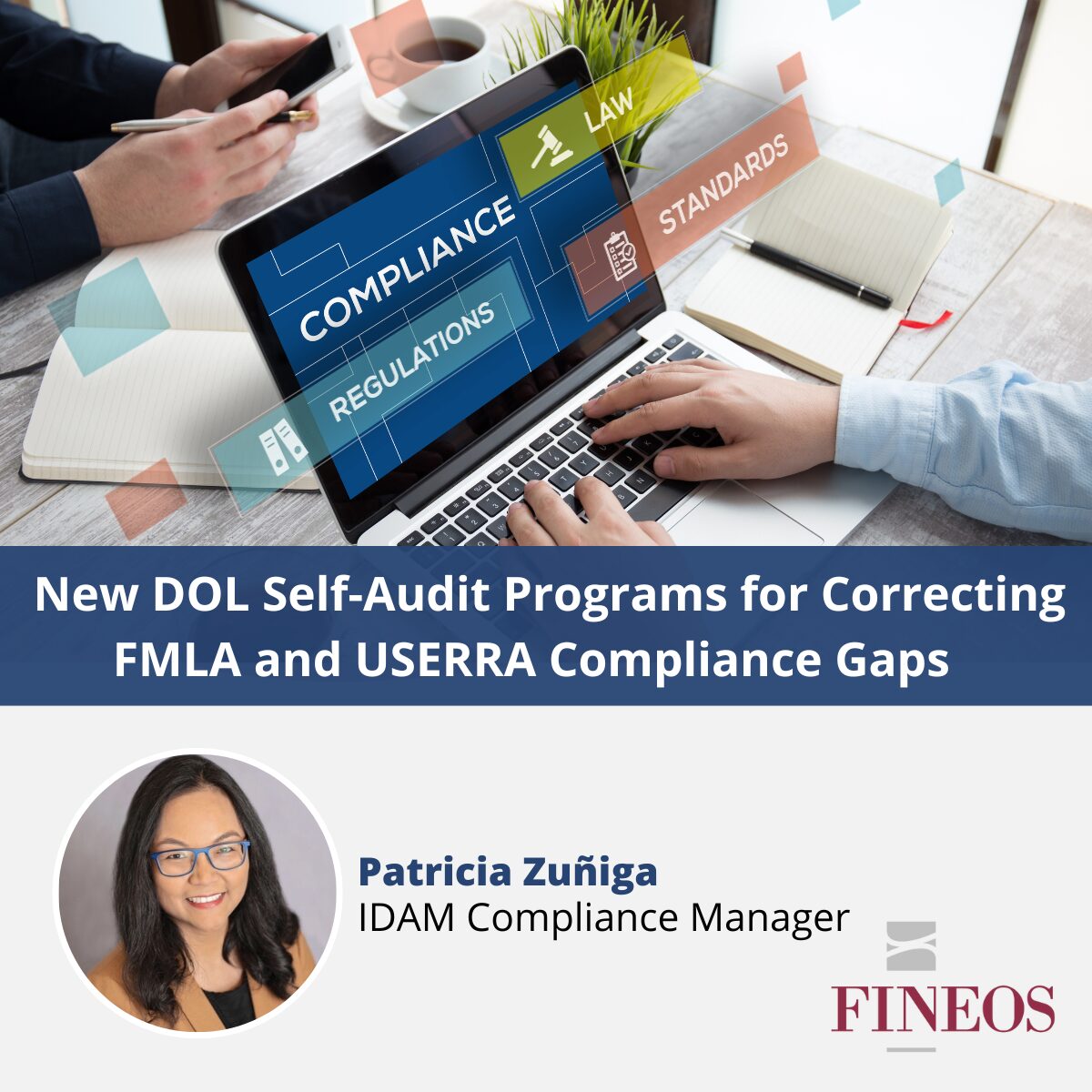On May 6, Maryland Governor Wes Moore signed House Bill No. 102 into law, which delays Maryland’s paid family and medical leave (PFML) program, and Senate Bill No. 785, which amends the unpaid parental leave program. Here’s what employers need to know:
Paid Family and Medical Leave
Most provisions of the PFML law remain unchanged, i.e. the covered leave reasons and leave durations, and employers may still apply for private plans to provide PFML benefits to their employees that meet or exceed the rights, protections, and benefits under the state’s program. However, changes include:
Key Dates. Maryland will postpone collection of contributions to January 1, 2027, and start paying benefits to eligible employees on a date still to be determined, between January 1, 2027 and January 3, 2028, to be announced by the Secretary of Labor. On May 1, 2026, the Secretary will set the total contribution rate, which will be in effect from January 1, 2027 through December 31, 2027.
Definitions. The law introduces the term “anchor date,” which is the earlier of the date when a benefit application is fully completed or when PFML leave starts. This is important because the anchor date is the reckoning point for the calculation of an employee’s average weekly wage and eligibility for increases in weekly benefits. The law also amends the definition of “application year” to the 12-month period beginning on the Sunday of the calendar week in which PFML leave begins (not when benefits are approved).
Contribution rates. The contribution rate not exceeding 1.2% of an employee’s wages will be set by the Secretary on or before May 1, 2026. Beginning in 2027, the Secretary must set the contribution rate that will be in effect for the following year on or before November 1. In September 2023, the MD Department of Labor set the initial total rate of contribution at 0.9% of covered wages.
Benefits. There is no change to the maximum weekly benefit amount of $1,000 once the program begins administering benefits through December 31, 2028. However, the maximum weekly benefit amount will be increased annually beginning January 1, 2029 as announced by the Secretary on September 1, 2028.
Self-employed individuals. The law mandates the Secretary to adopt regulations to establish an optional self-employed enrollment program, including information on contribution amounts, benefit amounts, and enrollment procedures, by July 1, 2028.
Unpaid Parental Leave
The Maryland Parental Leave Act (MPLA) requires employers to provide employees with six weeks of unpaid parental leave if they employ 15 to 49 employees. While the federal Family Medical Leave Act (FMLA) only covers employers with at least 50 employees, due to the manner and timing in which employees are counted, this has led to instances where an employer could be covered by both the MPLA and the FMLA in the same year. This has had the effect of requiring employers under certain circumstances to allow up to 18 weeks of leave to an employee.
The new law’s sponsor, Maryland Senator Justin Ready, called it an unintended consequence of the law and illustrated it as follows: “For example, an employer crossed the 50-employee threshold in January 2024. The employer will become an FMLA-covered employer in June 2024, after employing at least 50 employees for 20 or more weeks. But the employer will still be covered under Maryland’s Parental Leave law through December 31, 2024, because it employed 15-49 employees for at least 20 weeks in the preceding calendar year.”
With this law, the definition of “employer” under the MPLA was amended to exclude employers who are covered under the federal FMLA for the current calendar year. This means that employers who become covered under federal FMLA are not required to provide employees with up to six weeks of unpaid parental leave under the MPLA.
FINEOS can help with your state leave programs
Using modern insurance technology solutions like the FINEOS Platform can help insurance carriers and employers remain compliant when leave legislation is revised and new leave programs are enacted by governing jurisdictions. Learn more about how a modern, integrated disability and absence management (IDAM) solution can help your organization adapt to this rapidly evolving market and remain in compliance.


